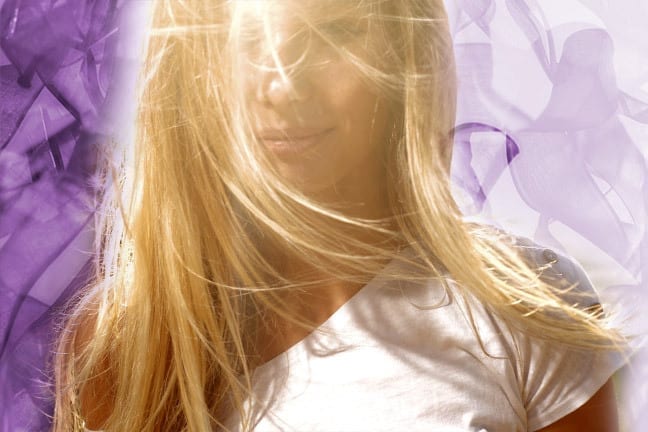There’s a saying that “knowing is half the battle.” When it comes to beauty products—in particular frizz-free products—truer words have never been spoken. From creams, serums and sprays, to rinse out conditioners, leave-in conditioners and shampoos, to ingredients like silicones, natural oils and esters, there are so many options to tame frizz, it’s enough to make you want to pull your hair out! Well, maybe only the frizzy strands.
Let’s navigate through this anti-frizz jungle, starting at the very beginning—with the cause of frizz itself.
Frizz is natural:
For most of us, allowing our hair to dry naturally—that means no styling products, blow dryers, flat irons or curlers—means a head full of frizz a few hours later. This happens because inside of each hair strand, a little bondage is going on. (Editor’s Note: Get your mind out of the gutters, ladies!). Weak hydrogen bonds are responsible for how the strands of hair on our head interact with each other, and the end result is your hairstyle.
These hydrogen bonds are broken by water and reform as your hair dries. Whatever position or shape the hair is in during the drying process is how it will stay until moisture breaks the bonds again. Just think: When wet hair is dried in rollers, your hair is curled. If hair is pulled straight while blow drying, it dries straight. What happens if hair is left to its own devices when drying? The swelled strands stick out, and that’s how they stay until a product is used to lay them down or styling tricks manipulate them into the desired positions.
Knowing is half the battle:
Water causes frizz, and it doesn’t take much. Just a little moisture in the air is enough to break the hydrogen bonds releasing the hair from the style that some of us spent over an hour trying to perfect! Now that we know what is going on, how do we stop it?
The goal of every anti-frizz product on the market to is to keep moisture away from those bonds. The easiest way to do this is by applying a waterproof barrier around each hair strand to lock moisture out. However, the hard part is figuring out the difference between all of the ingredients touted to reduce frizz.
We put together an ingredient cheat sheet to help break down the differences and make picking products easier.
 |
Remember: Every product is not for everyone.
Fine hair fairs better with anti-frizz products in the spray form. The light mist deliver less product so hair won’t get weighed down. Thick, course hair will most likely have better results with a cream or serum since their strands can tolerate a heavier product to reduce frizz.




































